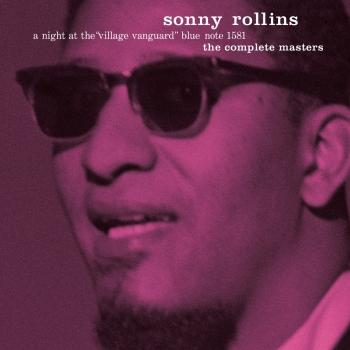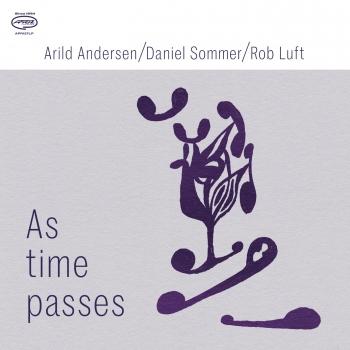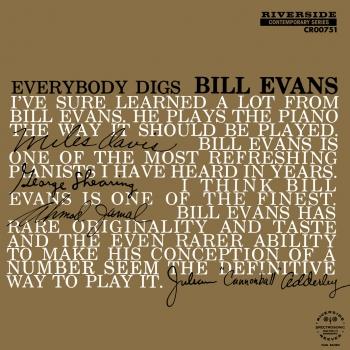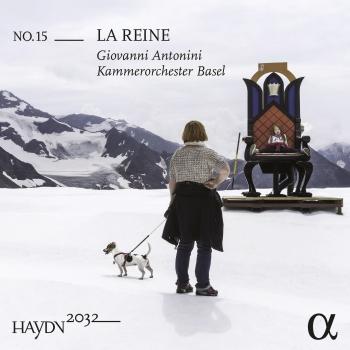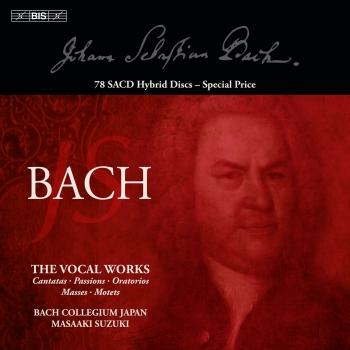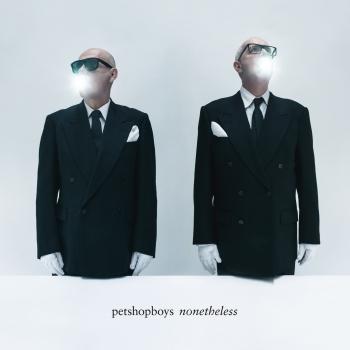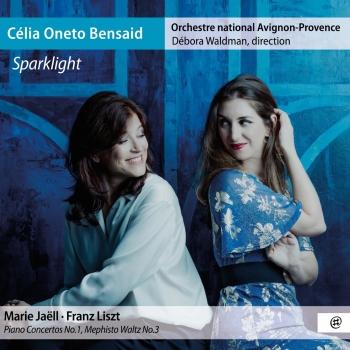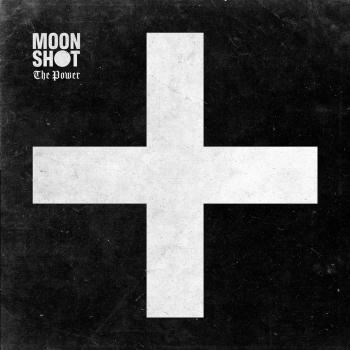
Beethoven: Piano Sonatas Peter Rösel
Album info
Album-Release:
1983
HRA-Release:
17.05.2016
Label: Berlin Classics
Genre: Classical
Subgenre: Instrumental
Artist: Peter Rösel
Composer: Ludwig van Beethoven (1770-1827)
Album including Album cover Booklet (PDF)
- 1I. Adagio sostenuto05:29
- 2II. Allegretto02:18
- 3III. Presto agatiato07:13
- 4I. Grave - Allegro di molto e con brio08:19
- 5II. Adagio cantabile04:55
- 6III. Rondo. Allegro04:40
- 7I. Allegro assai10:21
- 8II. Andante con moto05:43
- 9III. Allegro ma non troppo - Presto08:10
Info for Beethoven: Piano Sonatas
Beethoven’s piano sonatas are part of the standard keyboard repertoire. The three favourites, whose legendary status has earned them their lasting popularity, are the “Moonlight Sonata”, the “Appassionata” and the “Pathétique”. Here they can be enjoyed in great performances by pianist Peter Rösel.
“When, at the end of the 1970s, I was asked by the head of production at Eterna to record these three famous Beethoven sonatas, I wanted a little time to think about the proposal before accepting. That was because in the GDR you were expected to exceed the achievement of a record already released featuring the same works. The performer on the existing recording was Wilhelm Kempff, so the bar for a young pianist was set pretty high. Nevertheless, I decided to go ahead … and accept the challenge. Without wanting to seem immodest, I can say that I was pretty satisfied with the result, and I still am today.
Op. 13 (1798/99) is the only sonata on this recording that was given a name by Beethoven himself. “Grande Sonate pathétique” stresses its uniqueness. Dotted rhythms, triadic horn-call motifs, the rousing élan terrible – these features characteristic of the music of the French Revolution are found in all three sonatas, showing Beethoven’s grasp of history. In op. 13, the dotted rhythms of the introduction to the first movement and the Grave section echo the intensified tone of the French overture in Revolutionary opera. Uniting stringency and improvisation, it contains elements of the ensuing Allegro, presenting them with unusually revelatory passion. Both themes press forward vigorously, although the downward drift prevails the second time around, when it is transformed by a mordent into the functional. The fiery upsurge of something like a third theme once again confirms the first theme. Self-willed harmony is intensified in the concise development section, which explores the motifs of the Grave and Allegro sections. A brief coda condenses the antithetic quality of the conflict. The cautious Adagio movement in the form of a rondo and variations is characterized by animated songfulness. The urgently fervent insistence is not without constructive tectonics – an initially merely suggested triplet figure soon carries the second stanza; by fusing with the ritornello, it binds the parts into an organic unit. Probably conceived for a violin sonata, the final movement seems less problematic; it is a rondo and variations with elements of sonata form, and its theme brings the work back to the first movement. The chorale-like middle section demonstrates the contrapuntal dexterity of the composer, the cadenza the virtuosity of the pianist. Largely in two-part texture like a Bachian invention, the movement is reminiscent of Clementi. Frequently pathos-laden, it ends with abrupt finality. …
Peter Rösel, Klavier
Digitally remastered
Peter Rösel
Perhaps no other composer offers pianists the Herculean challenge of the immensely shifting styles found in the sonatas of Beethoven that spanned virtually his entire lifetime. The four sonatas heard here represent not only Beethoven's three major style periods, but are exceptional examples of the innovations and demands he made of the genre. The "Tempest" Sonata, with Beethoven's fleeting reference to the work of Shakespeare, is by far one of the most tumultuous works for the piano up to that time. The key alone of the Op. 78 Sonata was surprising; the use of the bright key of F sharp major for an entire composition was almost unheard of at the time. And finally comes the Op. 106 Sonata, the so-called "Hammerklavier," which Beethoven himself intended to be his grandest piano sonata and would challenge pianists far into the future.
Pianist Peter Rosel is indeed up to the challenges that Beethoven has set before him. As to the difficulty of changing technique along with style period, Rosel makes it seem easy. His approach to the instrument is much more appropriately playful in Op. 31/3, and very dark and sensual in the deeply introspective Op. 106. The third movement of Op. 106, which is executed with deceptive simplicity and sentimentality, is the highest achievement on the album. While this album is absolutely suitable as an introduction to these works, or even as a supplement to an existing collection, it is still not likely to replace the likes of Kempff or Richter.

